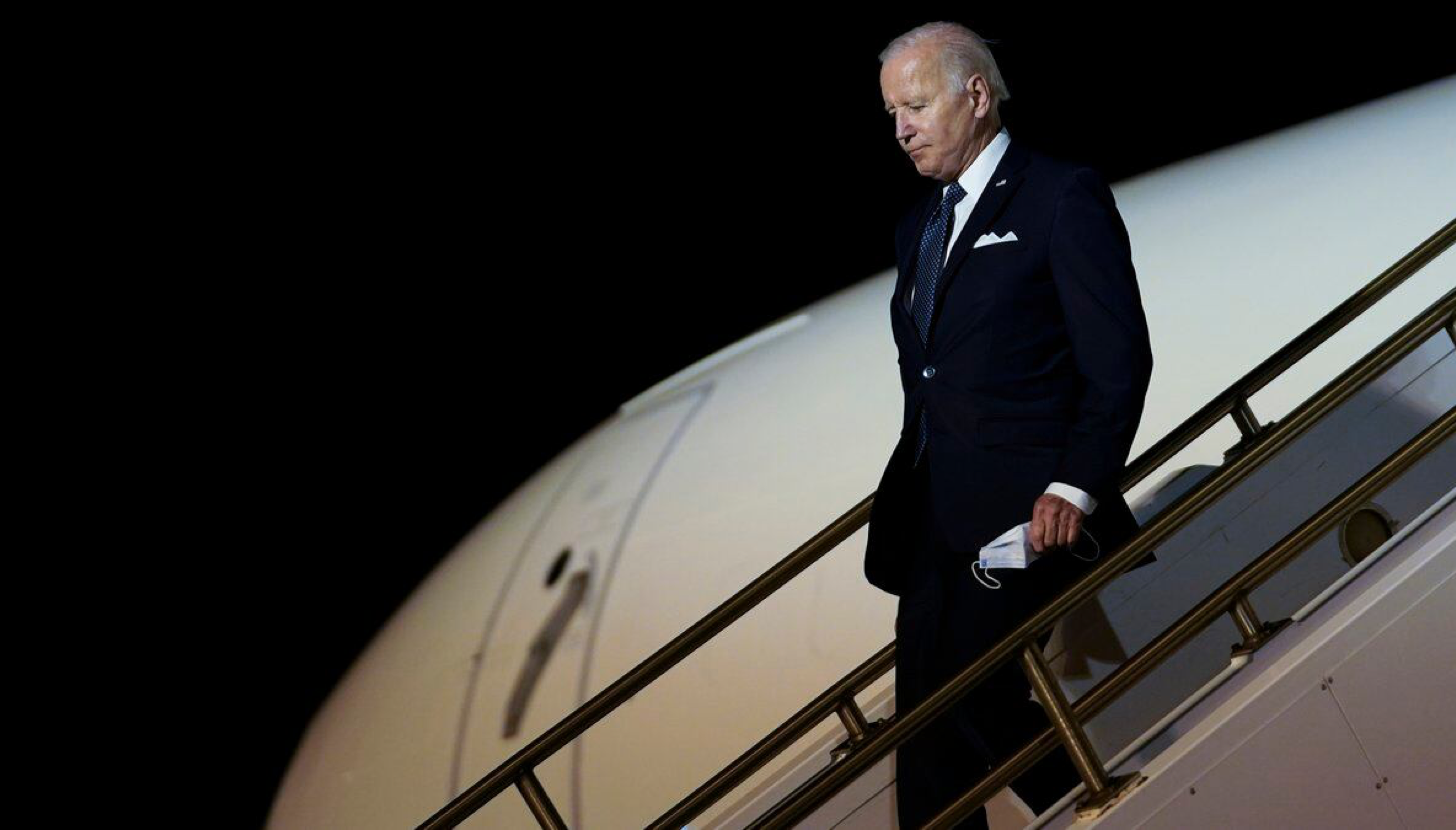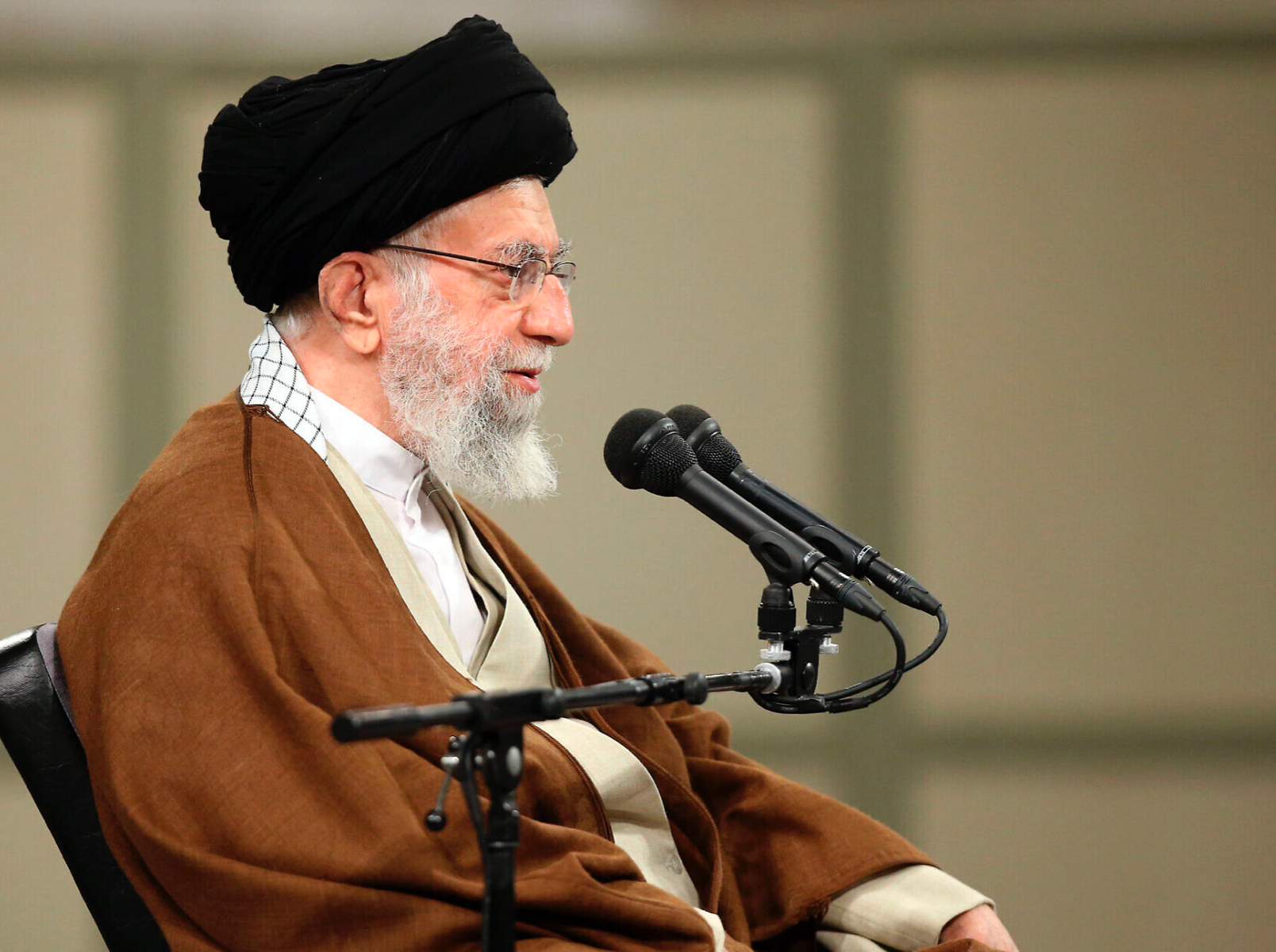What Happened?
On August 8, 2024, the mediators in the ceasefire negotiations—the United States, Egypt, and Qatar—issued a joint statement, the first of its kind, calling on both Israel and Hamas to urgently resume talks on August 15 to reach a final proposal for a ceasefire and the exchange of prisoners and detainees. The statement emphasized that “no more time should be wasted, and there should be no excuses for further delays.”
A Closer Look:
The tripartite declaration comes at a time when the region faces the risk of a regional war escalated by an anticipated imminent attack by both Iran and the Lebanese Hezbollah in response to the assassinations of Hezbollah leader Fouad Shukr on July 30 and the head of Hamas’s political bureau, Ismail Haniyeh, in Tehran on July 31. The region is also witnessing worrisome military movements by Hezbollah and Iran, Israeli defensive and offensive preparations, and intense reinforcement of U.S. naval, ground, and air forces.
Despite the importance and seriousness of the statement, and the regional and international support it has garnered—particularly from Arab countries such as the United Arab Emirates and European nations like France, Germany, and the United Kingdom—the positions of the warring parties and key actors remain unclear or ambiguous.
On one hand, the Israeli government announced that it would send negotiators to participate in the proposed meeting, but it remains steadfast in insisting on demands that have previously stalled negotiations: control over the Philadelphi Corridor, setting a mechanism to prevent militants from returning to northern Gaza, increasing the number of living Israeli detainees released in the first phase, and deporting some of the Palestinian prisoners expected to be released. Meanwhile, Israel continues to escalate the situation, as evidenced by the assassination of Hamas leader Samer Al-Hajj on August 9 in the Lebanese city of Sidon.
On the other hand, rather than going through more rounds of negotiations or new proposals, Hamas asked the three mediators to present a plan for implementing what the tripartite had previously proposed—and which the movement had agreed to on July 2, 2024—based on the plan presented by U.S. President Joe Biden on May 31 and UN Security Council Resolution 2735.
A Turning Point!
The tripartite statement reflects the desire of the United States, the international community, and Arab states to halt the war in Gaza and to mitigate the risks of continued escalation on secondary fronts, which increasingly threatens to expand and intensify. However, the statement does not seem to align with the complex nature of the conflict between Hamas and Israel or the intricate and interwoven calculations of the secondary fronts involving members of the Axis of Resistance. Hezbollah quickly affirmed that its response to the assassination of Shukr would be separate from the context of the negotiations to end the war in Gaza, while it is likely that Hezbollah and Iran’s response will precede the proposed round of negotiations.
The turning point is that the proposed meeting faces the risk of stumbling even before it convenes. In fact, whether it will take place or not is still under discussion. This suggests that, despite the statement’s goals of pressuring the warring parties to end the conflict and dissuading Iran and Hezbollah from responding in a way that would escalate the risk of a regional confrontation, it also warns of the dangers of considering it the “last opportunity.”
Should this opportunity be lost, the fate of the war may be left to unfold according to developments on the ground, whether in its main theater in Gaza or its secondary fronts, particularly in Lebanon. This could place the war’s expansion beyond the control of the mediators and the regional and international powers involved.








